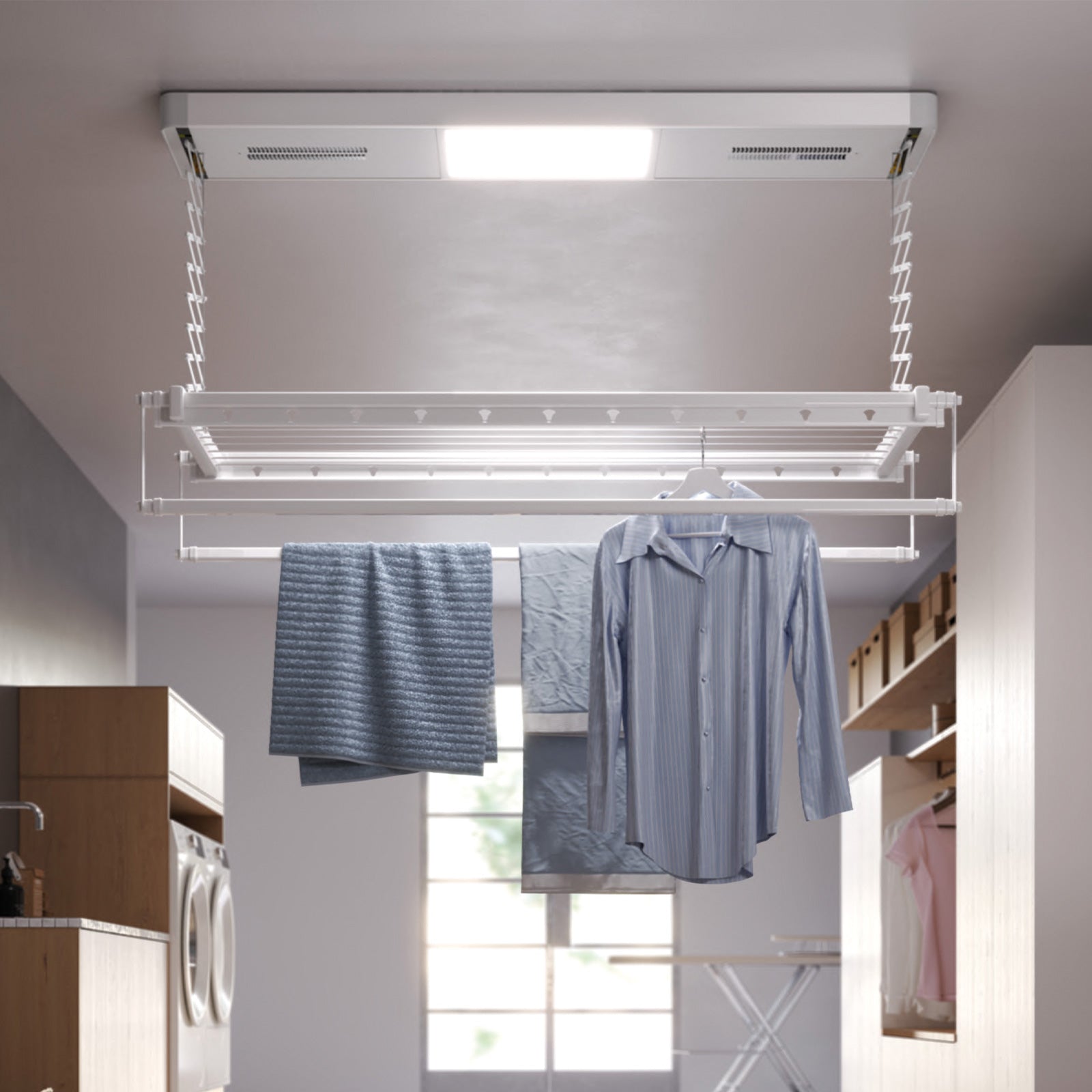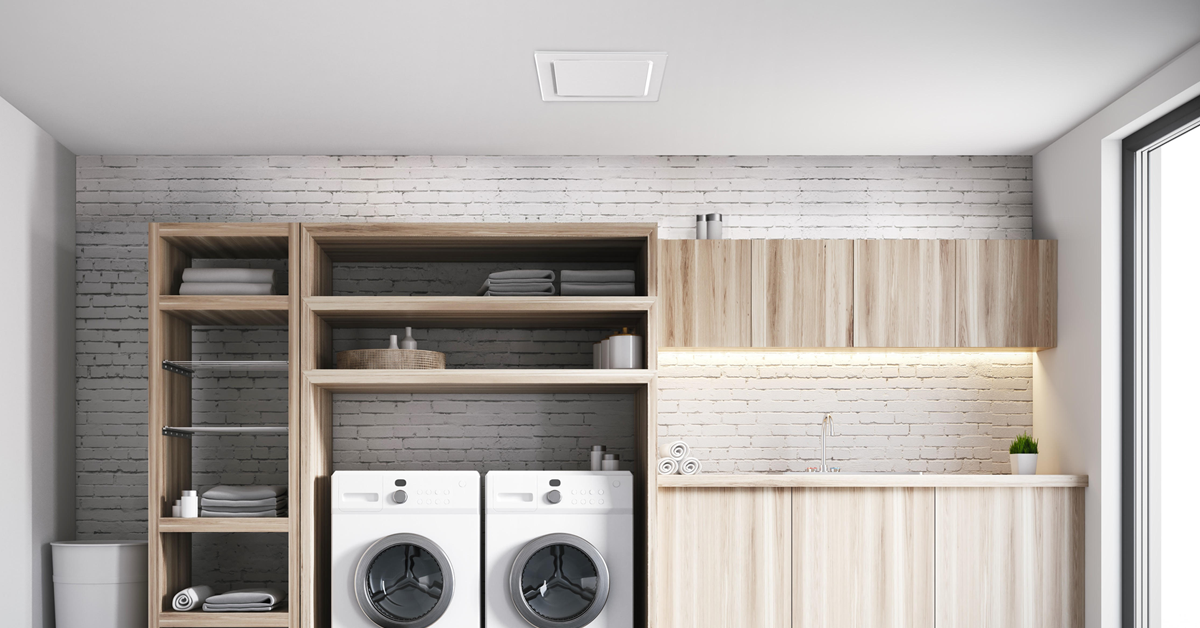How to Create an Efficient Indoor Drying Room Without Sunlight

Living in a house with poor sunlight can present a number of challenges, particularly when it comes to drying clothes. Without direct sunlight, the natural drying process becomes more difficult and time-consuming. Moisture trapped in clothes can lead to unpleasant odors and mold growth, which can ultimately damage the fabric. Additionally, the lack of sunlight in a room can affect air circulation, making the environment more humid and less comfortable. Overcoming these issues requires careful planning and effective solutions to ensure that clothes dry efficiently, even without the help of sunlight.
Strategic Location

https://img.huffingtonpost.com/asset/656872bd230000ea71ea6ab5.jpeg?ops=1778_1000
The first step in designing an indoor drying space is selecting a strategic location. The ideal spot is one that is spacious enough and has good air ventilation. Choose a room that is not too prominent but easy to access, such as a laundry room, a corner of a bedroom, or even part of an unused bathroom. If possible, select a room near a window, even if there is no direct sunlight, so that fresh air can still flow in. The right location will ensure good air circulation, which is crucial for the drying process.
Utilizing Vertical Space with Hanging Drying Racks

An efficient indoor drying space typically makes use of vertical space. Hanging drying racks or wall-mounted racks are ideal choices, especially if you have limited floor space. These racks can be installed on the wall or ceiling, thus saving floor space. You can also opt for foldable drying racks that can be stored away when not in use, maximizing space utilization. Hanging drying racks are not only practical but also aid the drying process by maximizing airflow around the clothes.
Using Electric Dryers for Quick Drying

https://www.foxydry.com/cdn/shop/files/foxydry-pro-page-models-drying-rack_1600x.jpg?v=1706624298
Without sunlight, electric dryers become the primary solution for drying clothes. Today’s electric dryers come in various models and sizes, from portable to large-capacity units. Choose a dryer that suits your needs. Modern electric dryers usually come with adjustable temperature and timer settings, allowing you to dry clothes according to the fabric type. Additionally, some electric dryers feature wrinkle-reducing options, so you won’t have to iron clothes afterward.
Installing a Dehumidifier to Control Humidity

A dehumidifier is an extremely useful device for indoor drying spaces. It helps reduce the humidity level in the room, speeding up the drying process. Controlled humidity also prevents the growth of mold and the development of musty odors on clothes. When choosing a dehumidifier, ensure that its capacity matches the room size. A larger dehumidifier will be more efficient for bigger rooms. Also, make sure to place the device in a strategic location for optimal performance.
Good Ventilation and Air Circulation

https://www.martecaustralia.com.au/wp-content/uploads/2021/04/Quiet-exhaust-fan.png
Good ventilation is the key to creating an efficient indoor drying space. Without adequate air circulation, humidity in the room can increase, which not only slows down the drying process but also poses health risks like mold growth. Consider installing an exhaust fan in your drying room to combat this. An exhaust fan will help expel humid air from the room, maintaining smooth air circulation and preventing stuffiness. Alternatively, you might also consider installing windows with additional ventilation, even if direct sunlight doesn’t enter.
Choosing Moisture-Resistant Materials

https://i.pinimg.com/736x/72/0b/bf/720bbf512f351b971c2ff3b1d8eeb8af.jpg
The materials used for the floor and walls of the drying space are also crucial. Moisture-resistant flooring and wall materials will make maintenance easier and prevent mold or damage caused by high humidity. For flooring, ceramic tiles or vinyl are good options as they are water-resistant and easy to clean. For walls, you can use waterproof paint or install moisture-resistant wall panels. This is important to keep the drying space clean and free from excessive moisture problems.
Using Heaters

If you live in an area with cold weather, heaters can be a very useful addition to your indoor drying space. These heaters help maintain a warm room temperature, speeding up the drying process. Portable heaters can be moved as needed, so you can use them in other areas if necessary. Make sure to choose a heater with automatic temperature control for safer and more energy-efficient use.
Adding Air Fresheners

https://cdn.mos.cms.futurecdn.net/44TEX2SjeKNCdPXmMSikU-1200-80.jpg
Because indoor drying spaces tend to be humid, unpleasant odors can become an issue. To combat this, you can add air fresheners or odor removers. Choose products specifically formulated to eliminate damp odors and leave a fresh scent in the room. Some odor removers can be placed directly on the drying rack or hung near clothes for maximum effect. These fresheners not only keep the room smelling pleasant but also impart a nice fragrance to your clothes.
Maintenance and Cleanliness

To keep your indoor drying space efficient and long-lasting, ensure regular cleaning and maintenance. Clean the drying racks, floor, and walls periodically to prevent dust buildup, dirt, and excessive moisture. Also, regularly clean the filters in the electric dryer and dehumidifier to maintain their optimal performance. With proper maintenance, your drying space will always be ready for use whenever needed.
Creating an indoor drying space without sunlight requires careful planning and the use of appropriate technology. By choosing a strategic location, utilizing drying appliances, ensuring good ventilation, and selecting moisture-resistant materials, you can create an efficient drying space within your home. Even without sunlight, your clothes can still dry quickly, cleanly, and without unpleasant odors. By following the steps above, you can ensure that your indoor drying space functions well and meets your daily needs.







